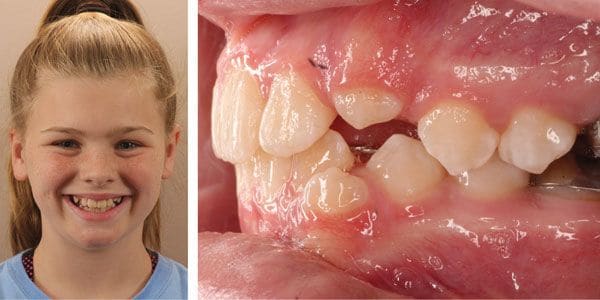Superelastic archwire can achieve efficient movement and reduced trauma
Superelastic archwires have been commonly used in orthodontic practices for over 2 decades, and these archwires have been based primarily on nickel-titanium materials. These archwires are relatively uniform in their force delivery across the arch form, meaning that force levels are ideal for some teeth, but not for others. What do I mean by that? Just think about the periodontal ligament (PDL) surface area of a maxillary lateral incisor versus that of the maxillary first molar. The force needed to move a first molar is much greater than what is needed to produce similar movement of a lateral incisor. Current archwire technology results in appropriate force levels in some areas of the mouth, but not in others. This may be expressed in many ways, such as irregular progress in correcting malocclusion and a tendency for increased root resorption on susceptible teeth like maxillary lateral incisors.
Read ArticleSuperelastic archwire can achieve efficient movement and reduced trauma Read More »



